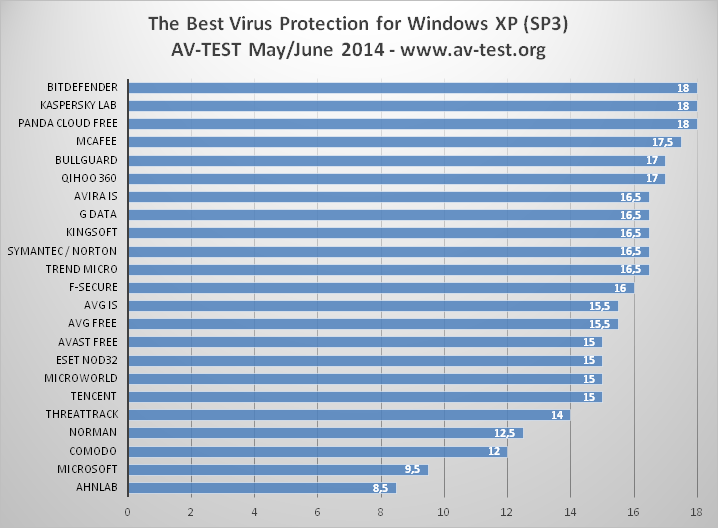Since its appearance in 2009, the concept of the blockchain has expanded past its initial use as the base of bitcoin into many other areas. By its nature, this distributed database provides the perfect platform for the management of cryptocurrency. But its features have attracted the attention of experts interested in a broad array of other applications. Possibly the most interesting are those related to security. The blockchain offers safer transactions, protection against certain hacking attacks, and even, to a certain extent, obviates the need for passwords.
What is the blockchain?
The blockchain is a distributed database made up of block strings designed to avoid any kind of after-the-fact modification. Once data has been published on it, using a reliable time stamping technique and a complex link to a previous block, there is no going back and making alterations to the record. This becomes an invaluable tool ideally suited for security, but also serves for tasks such as storing or confirming data, a technique currently being used in data mining. The blockchain is the result of years of advances in cryptography and cybersecurity.
The blockchain in the service of security
Some experts have begun to analyze the blockchain’s potential with respect to the services offered by DNS servers. Due to the inviolability and decentralization of the blockchain, if this technology were used to replace the domain name system, denial of service (DDoS) attacks would be made impossible.
A more common application (and one that is already being implemented) is the use of blockchain in cryptography. After all, it is a very logical way to use this technology, given that it allows for the transmission of information in a very secure way. It is also used in the prevention of data manipulation. Since the nature of the blocks is immutable, using sequential hashing along with cryptography in a decentralized structure, we can construct a system virtually immune to manipulation.
Cybersecurity is undoubtedly on course to adopt blockchain technology in a not-so-distant future. The fundamental difference in the technological approach allows to go beyond the endpoints, including the security of the user’s identity, the transaction of information and the protection of critical infrastructure. It is a complex and sophisticated paradigm shift, but we are already seeing the first results of its application.
The security of the blockchain put to the test
Technically speaking, as a distributed and “interrelated” database, the blockchain is rock solid. However, depending on the accessibility to the chain, it may not be as fully integrated as it would boast. To clarify: there is a major difference between public and private blockchains. While in the public ones there are no restrictions on who can access the data (which may or may not be encrypted) or make transactions, in the private ones these operations are limited to certain entities.
The former, however, ensure transparency while the latter allow greater control, but only by certain administrators. In both of them we can find security flaws, often related only indirectly to the technology (e.g., the black market of cryptocurrencies). The blockchain is still a booming technology, and will experience growing pains for years to come. Like all technology of this type, it faces an evolving technological context: the appearance of quantum computing, regulatory changes, supercomputing … What is clear is that the blockchain will soon come to play a leading role in the cybersecurity.






2 comments
Good reading and a good disruption